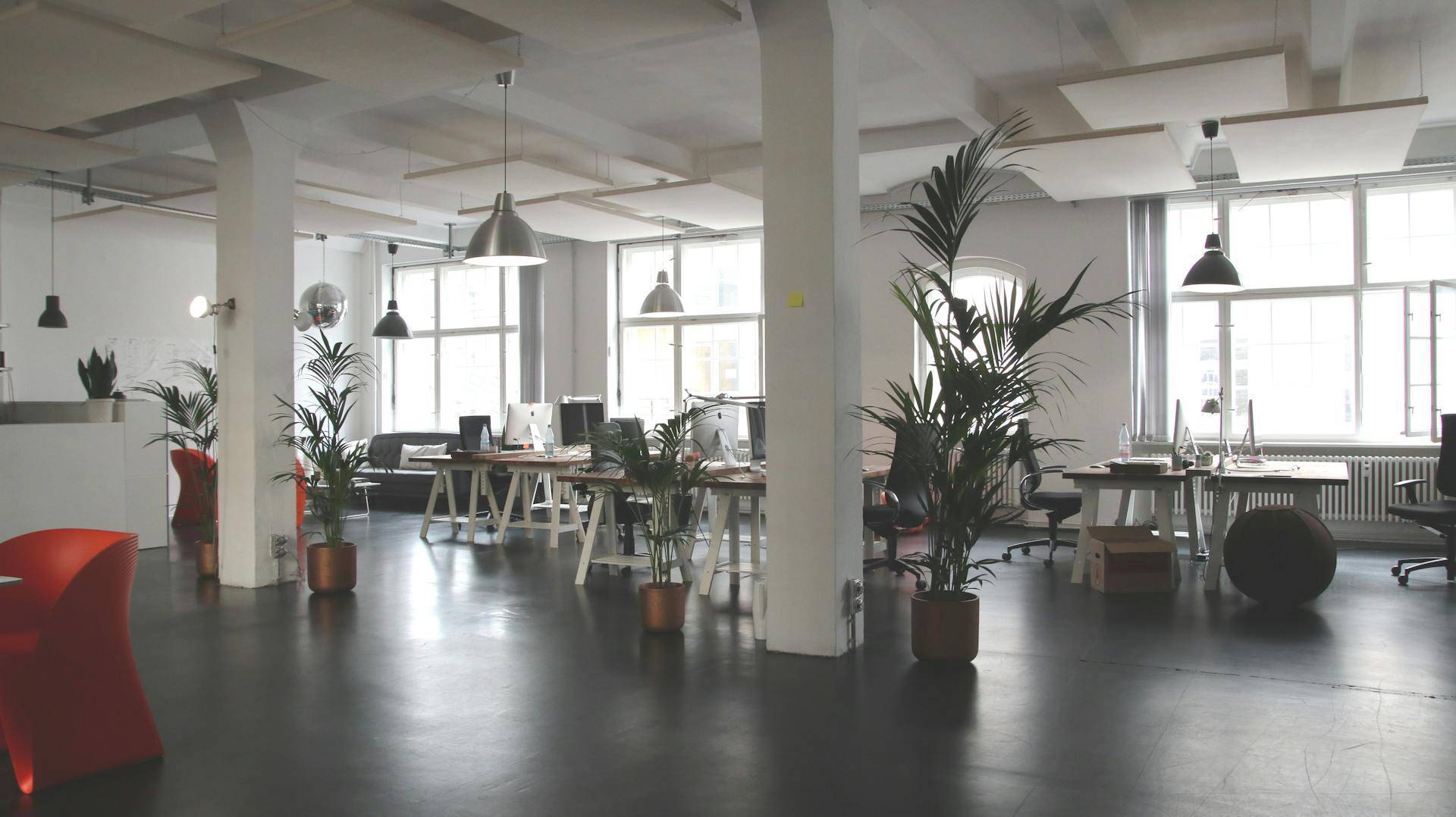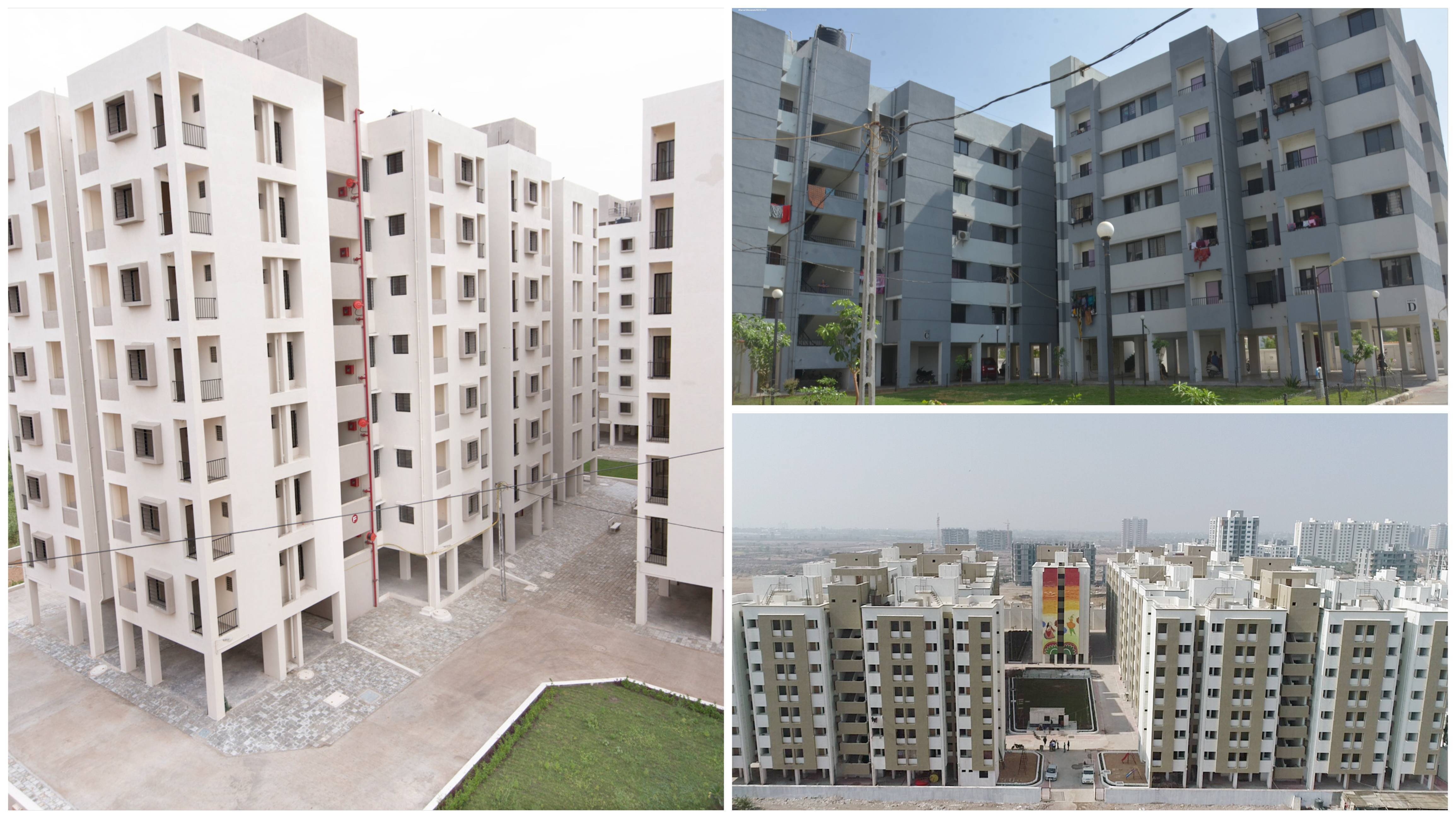The modern workplace is undergoing a rapid transformation, with businesses increasingly prioritising flexibility and innovation in their office environments. As hybrid work models gain momentum and companies adopt new technologies, traditional office setups are being reimagined to meet evolving demands. Flexible workspaces are emerging as a key solution, offering adaptable environments that cater to the dynamic needs of today’s workforce.
In line with this trend, a recent Colliers report revealed that over 80% of office occupiers plan to expand their use of flexible workspaces in the next three to five years. This growing demand for adaptable office solutions is driven by changing work patterns, technological advancements, and an increased focus on agility in workplace strategies.
The Rise of Flexible Workspaces
The concept of flexible workspaces, or "flex spaces," has grown in popularity over the past decade. These spaces offer companies the ability to scale up or down based on their needs, without the long-term commitment typically associated with traditional office leases. As companies become more agile and global, flex spaces provide the perfect solution for balancing cost, convenience, and employee satisfaction.
Traditionally, large corporations would invest heavily in office infrastructure, signing long-term leases that committed them to specific locations for years or even decades. However, as businesses have had to adapt to rapid changes, particularly in the wake of the COVID-19 pandemic, the need for more adaptable and dynamic office solutions has risen sharply.
According to Colliers' findings, this demand for flexibility is not a short-term trend. The fact that over 80% of office occupiers plan to integrate flexible spaces into their growth strategies over the next three to five years indicates that the market for flex space will only continue to grow. But what are the reasons behind this trend, and how is it impacting the commercial real estate landscape?
Cost Efficiency-A Key Driver for Flex Space Adoption
One of the report’s core findings is the cost efficiency flex spaces offer. Companies that opt for flexible office solutions can significantly lower capital expenditures. By avoiding long-term leases and benefiting from all-inclusive operational amenities such as utilities and maintenance, businesses can optimize costs and allocate resources more efficiently. The data suggests that this is a crucial consideration for over 70% of surveyed companies, as they face growing pressure to maintain operational agility while reducing overhead.
Hybrid Work Models Fuel Flex Space Growth
The report also indicates that more than 60% of companies are adopting hybrid work models, which further drives the demand for flex spaces. These flexible office setups are particularly suited for businesses implementing hybrid and remote work models. Flex spaces provide a central hub where employees can collaborate while maintaining a distributed workforce. Colliers’ report states that companies embracing hybrid work structures tend to favor flex spaces, as they offer the adaptability needed to accommodate changing workplace dynamics.
Enhancing Employee Experience Through Flex Spaces
Employee experience has become a priority for many businesses, and the report reveals that over 75% of respondents consider flex spaces beneficial for enhancing employee well-being and productivity. With collaborative environments, premium amenities, and tech-enabled workspaces, flex spaces are designed to cater to modern workforce expectations. The report highlights that organizations with employee-centric strategies are more inclined to adopt flex spaces, viewing them as a tool to attract and retain top talent in competitive industries.
Technology Integration
The technological readiness of flex spaces is another critical factor driving their adoption. Over 80% of respondents cited the availability of advanced technology infrastructure, such as high-speed internet, secure networks, and video conferencing tools, as key advantages. These features are essential for businesses, especially in the context of increasing reliance on digital collaboration and remote work. The ability to seamlessly integrate technology solutions into flexible office setups is a key reason why so many office occupiers are considering expanding through flex spaces.
Sustainability in Flex Spaces
The report also touches on environmental considerations, with approximately 65% of office occupiers indicating that sustainability features in flex spaces, such as energy-efficient systems and green certifications, play a significant role in their decision-making process. Many companies are now aligning their real estate strategies with broader corporate responsibility goals, and flex spaces offer an opportunity to reduce their environmental impact while maintaining flexible and efficient office operations.
Industry-Specific Demand for Flex Spaces
In terms of industry-specific demand, the report identifies technology firms, consulting services, and professional services as the leading sectors driving the growth of flex spaces. Nearly 90% of tech companies surveyed indicated plans to expand through flex spaces, citing the need for scalability and rapid growth. Similarly, over 70% of consulting and professional service firms expressed a preference for flexible office solutions due to the nature of their project-based operations, which often require a dynamic workspace.
The Future of Flex Spaces
Looking ahead, the future of flex spaces seems promising, with projections indicating further growth in secondary and tertiary markets. The Colliers report predicts that as businesses continue to decentralize their operations and reduce reliance on metro areas, demand for flex spaces in smaller cities will rise. This trend is supported by data showing that more than 50% of companies are actively exploring flex space options beyond major metropolitan areas, seeking cost-effective solutions without compromising on quality or accessibility.
Conclusion
For companies that value agility, cost efficiency, and employee satisfaction, flexible office spaces provide an ideal solution to navigate the complexities of the modern work environment. Whether expanding into new markets or downsizing to align with changing workforce needs, the future of office spaces is undoubtedly flexible. With over 80% of office occupiers planning to expand through flex spaces in the next three to five years, this trend is set to redefine how businesses operate and engage with physical office spaces in the years to come.









.png)